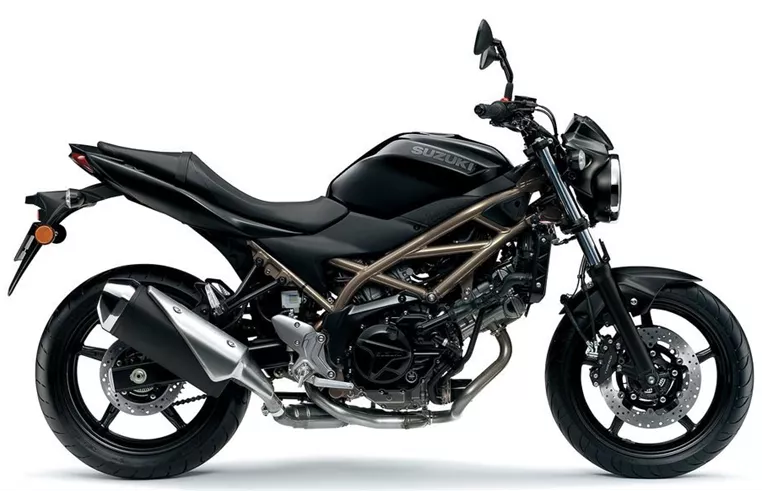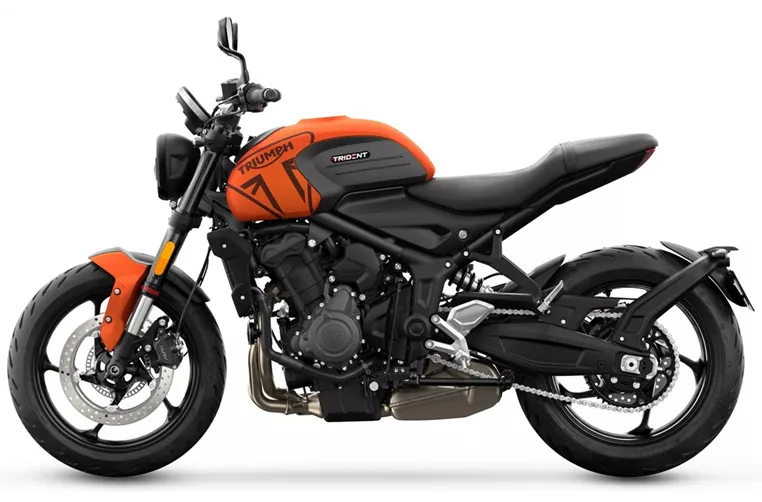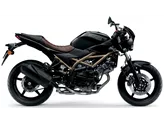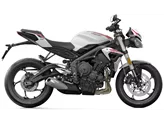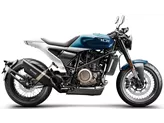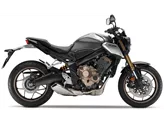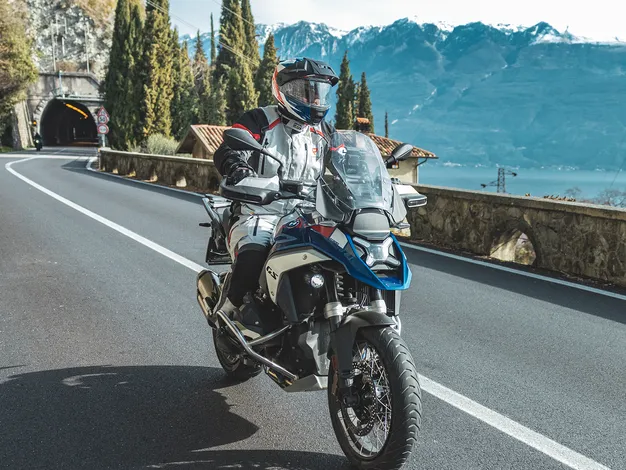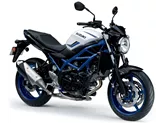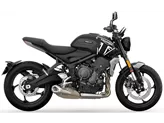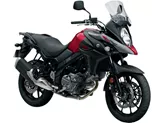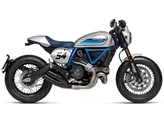Suzuki SV 650 2021 vs. Triumph Trident 660 2023
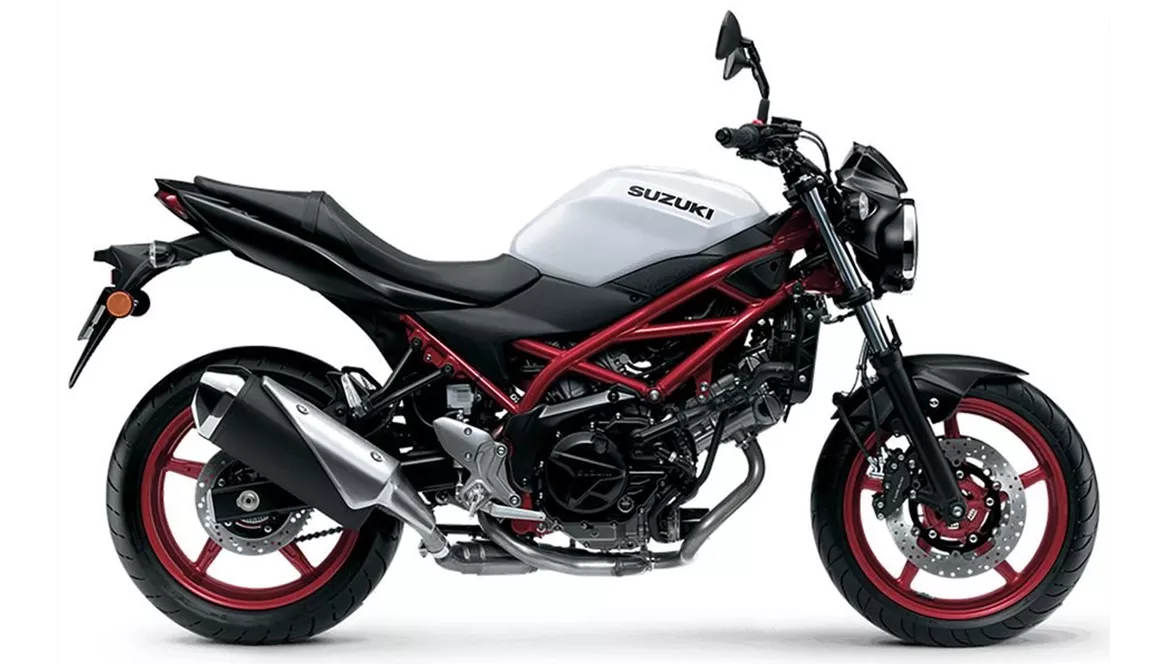
Suzuki SV 650 2021

Triumph Trident 660 2023
Overview - Suzuki SV 650 2021 vs Triumph Trident 660 2023
When comparing the Suzuki SV 650 2021 and the Triumph Trident 660 2023, there are several key differences to consider.
In terms of engine and drive train, the Suzuki SV 650 2021 has a V2 engine with 73 HP and 64 Nm of torque, while the Triumph Trident 660 2023 has an in-line 3-cylinder engine with 81 HP and the same torque. Both bikes have fuel injection systems and liquid cooling. The Suzuki has a displacement of 645ccm, while the Triumph has a slightly larger displacement of 660ccm.
In terms of suspension, both bikes have swing arm rear suspension with monoshock absorbers and preload adjustment. However, the Suzuki has a telescopic fork front suspension, while the Triumph has an upside-down telescopic fork front suspension. Both bikes have steel frames, with the Suzuki having a tubular frame and the Triumph having a perimeter frame.
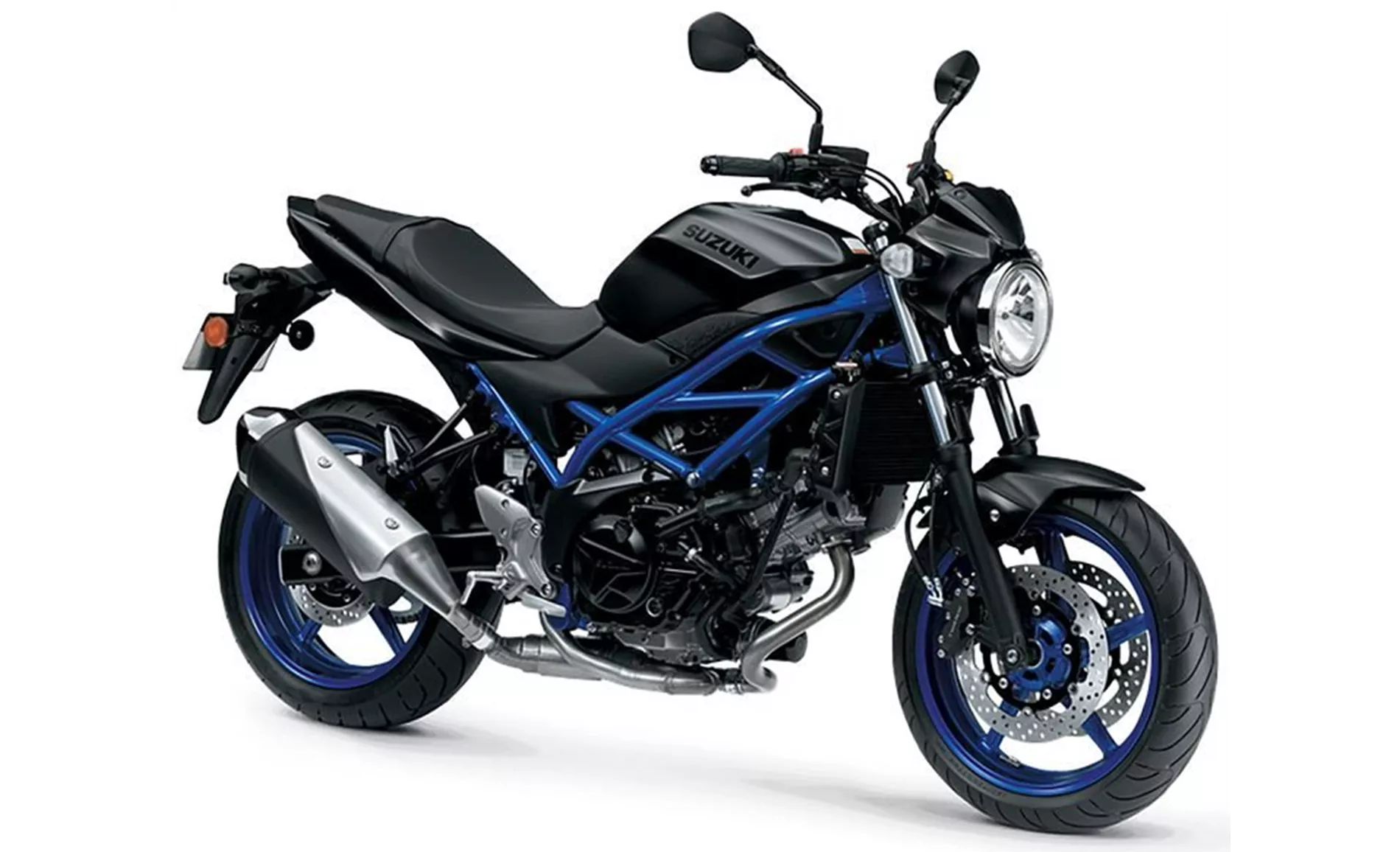
Suzuki SV 650 2021
When it comes to brakes, both bikes have double disk front brakes, but the Triumph has larger 310mm diameter disks compared to the Suzuki's 290mm. The Suzuki has four-piston front brake calipers, while the Triumph has double-piston calipers.
In terms of advanced rider assistance systems, the Suzuki only has ABS, while the Triumph has ABS, riding modes, and traction control.
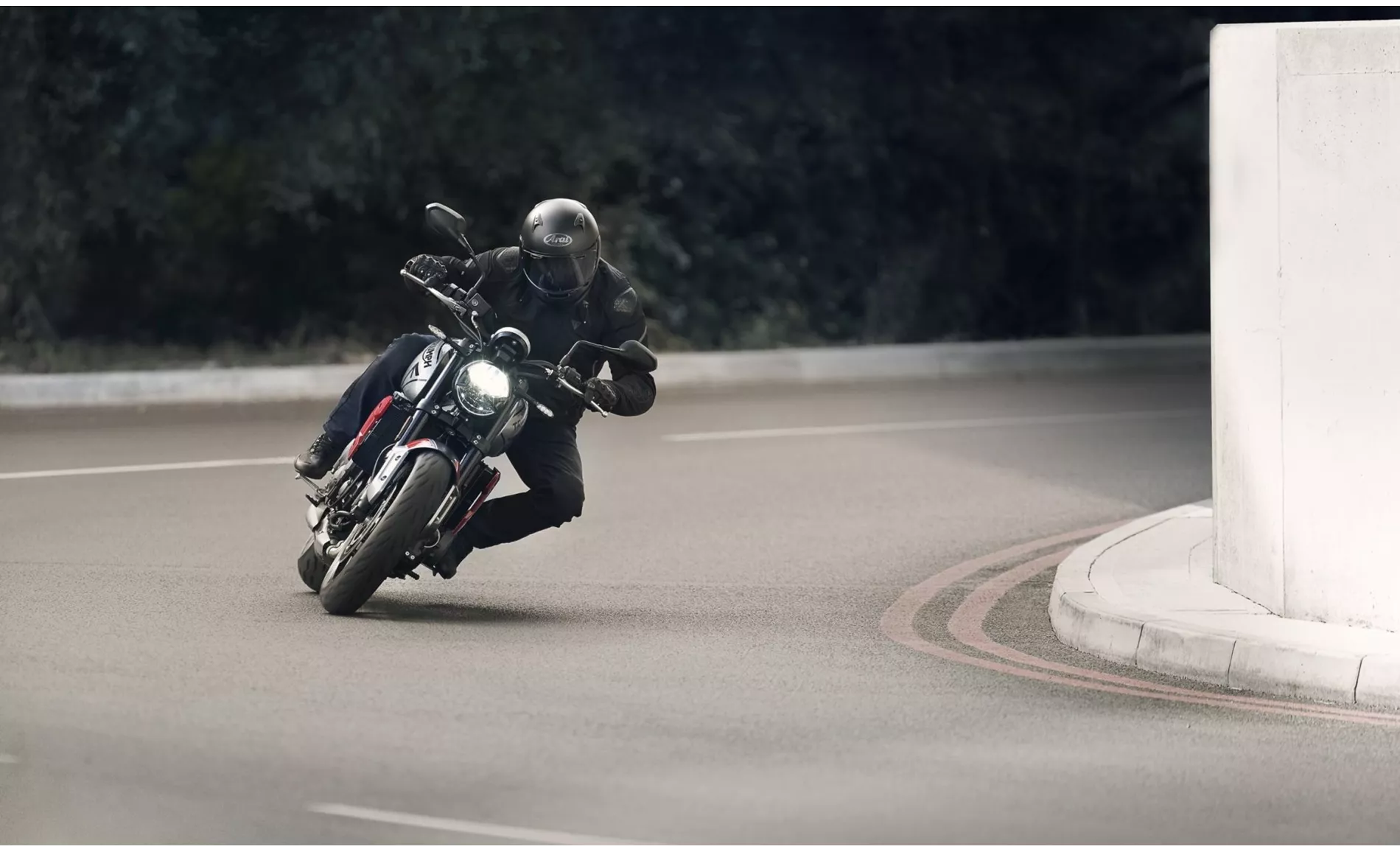
Triumph Trident 660 2023
In terms of dimensions and weights, both bikes have the same front tire width of 120mm and diameter of 17 inches. However, the Triumph has a wider rear tire width of 180mm compared to the Suzuki's 160mm. The Triumph also has a slightly shorter wheelbase of 1401mm compared to the Suzuki's 1445mm. The seat height is higher on the Triumph at 805mm compared to the Suzuki's 785mm. The Triumph is also slightly lighter with a kerb weight of 189kg compared to the Suzuki's 200kg. Both bikes have similar fuel tank capacities, with the Suzuki having 14.5 liters and the Triumph having 14 liters. The range is slightly higher on the Suzuki at 353km compared to the Triumph's 304km. The combined fuel consumption is also slightly better on the Suzuki at 4.1l/100km compared to the Triumph's 4.6l/100km.
In terms of strengths, the Suzuki SV 650 2021 is praised for its confident V2 powerplant with character, stable chassis, comfortable seating position, easy handling, and timeless look. On the other hand, the Triumph Trident 660 2023 is praised for its great classic look that still looks modern, many high-quality details on the motorbike, simple operation, compact but good display, very accessible motorbike, handling that inspires a lot of confidence, great engine that is smooth and pleasant to ride, unspectacular appearance with good performance, motorbike that looks light and playful, and easy-to-ride motorbike that still comes across as charismatic.
In terms of weaknesses, the Suzuki SV 650 2021 is criticized for its brake requiring manual force, lack of electronics on board apart from ABS, and moderately readable instruments. The Triumph Trident 660 2023 is criticized for its ABS controls being very defensive, non-adjustable chassis, and chassis offering little reserves for sporty or heavy pilots.
Technical Specifications Suzuki SV 650 2021 compared to Triumph Trident 660 2023
Pros and Cons in comparison
Pros and Cons in comparison
Suzuki SV 650 2021
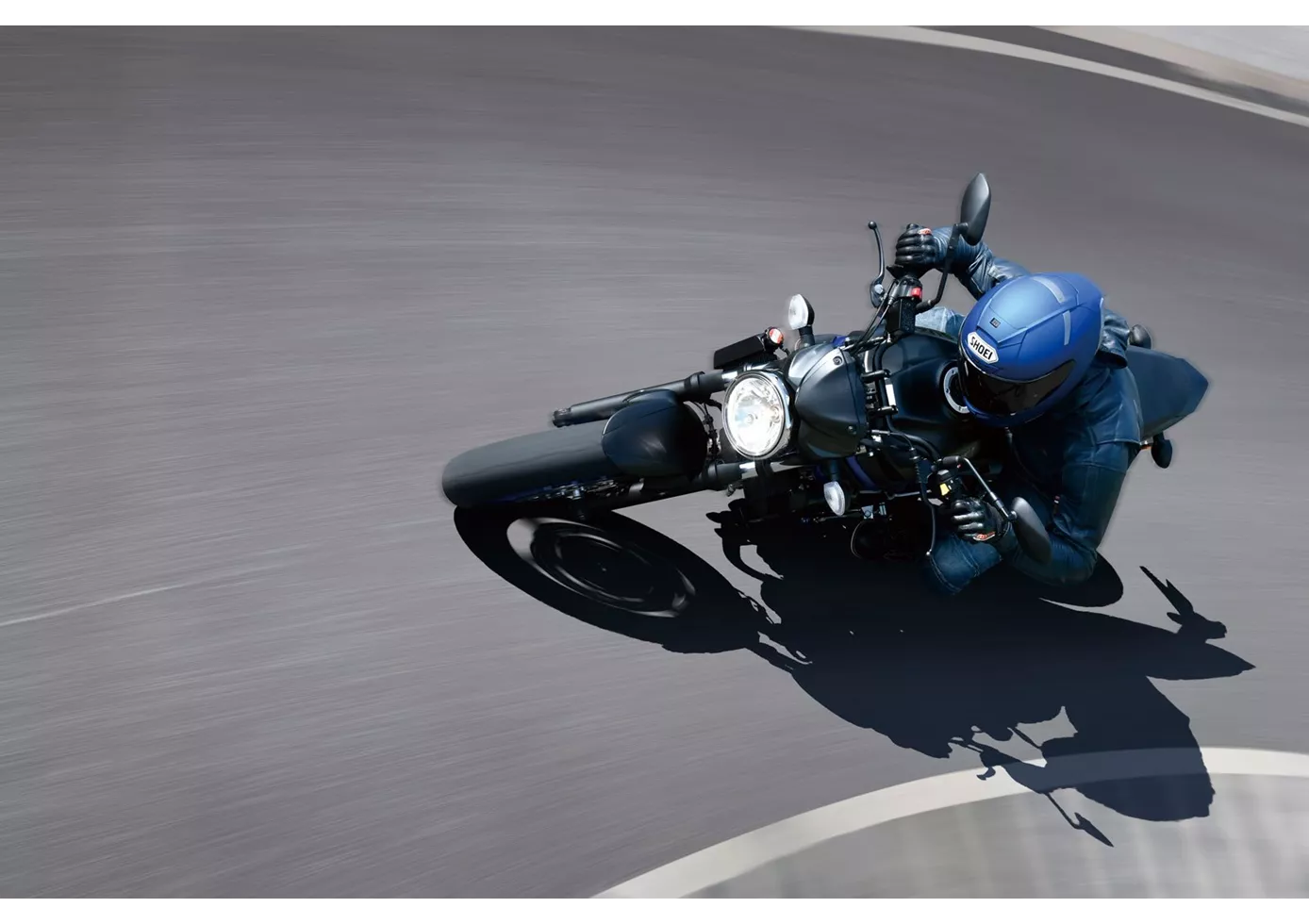
Not much has changed on the Suzuki SV 650 compared to its predecessor, five years ago. The engine has been updated to Euro5 and is now even more mature, which fits in perfectly with the rest of the package. The SV 650 doesn't want to scare anyone, especially beginners. The chassis makes a solid, unagitated impression, the brakes require a lot of manual force to prevent unexpected overbraking. The look is timeless on the one hand, but on the other hand some components are really a bit outdated. On the other hand, the price is fair, as usual for Suzuki.
Triumph Trident 660 2023

The Trident is still a wonderful motorbike in 2023. It rides simply but still offers a lot of charisma. The unique engine makes it a cool and casual motorbike. It looks fresh, independent and timeless.
Price Comparison Avarage Market Price Suzuki SV 650 vs Triumph Trident 660
There are a few key differences between a Suzuki SV 650 2021 and a Triumph Trident 660 2023. In terms of price, the actual average price of a Triumph Trident 660 2023 is about 39% higher. Compared to Triumph Trident 660 2023 there are less Suzuki SV 650 2021 bikes available on the 1000PS.de Marketplace, specifically 13 compared to 98. It takes less time to sell a Suzuki SV 650 with 111 days compared to 130 days for a Triumph Trident 660. Since model year 2005 1000PS.de editors have written 25 reviews for the Suzuki SV 650 and 20 reviews for the Triumph Trident 660 since model year 2021. The first review for the Suzuki SV 650 was published on 26/09/2008 and now has more than 14,200 views. This compares to more than 76,700 views for the first review on Triumph Trident 660 published on 30/10/2020.
